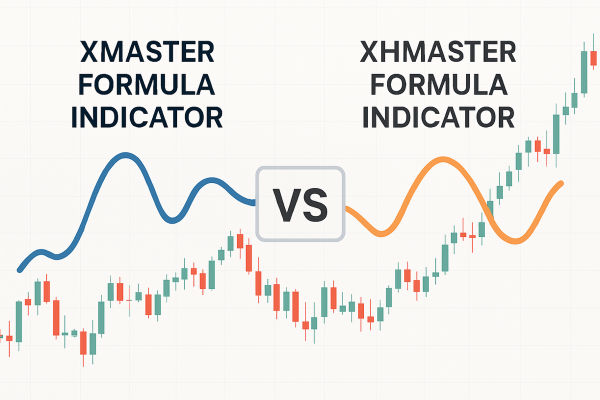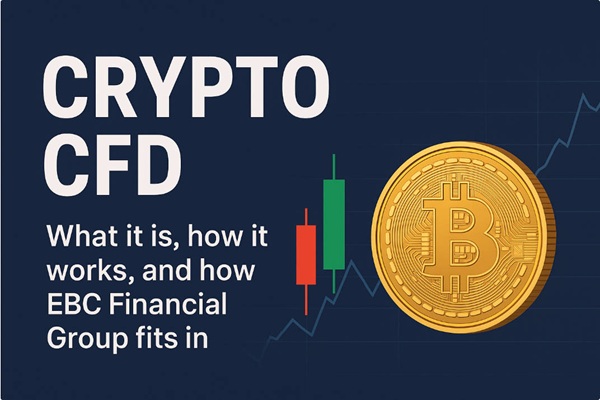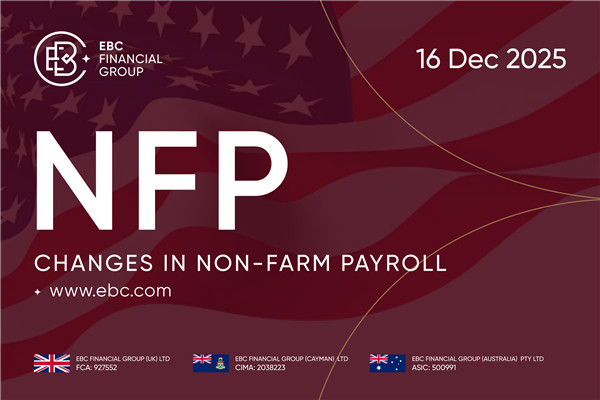Forex slippage occurs when a trade is executed at a different price than expected. This typically happens during periods of high market volatility or low liquidity, leading to a price gap between the order placement and execution. While slippage can be positive or negative, most traders focus on avoiding negative slippage, which can impact profits and increase losses.
Slippage is a natural part of forex trading due to the dynamic and fast-moving nature of the currency markets. Understanding why forex slippage occurs is essential for traders who want to manage their risk better and improve trade execution quality.
Explaining the 7 Common Causes of Forex Slippage
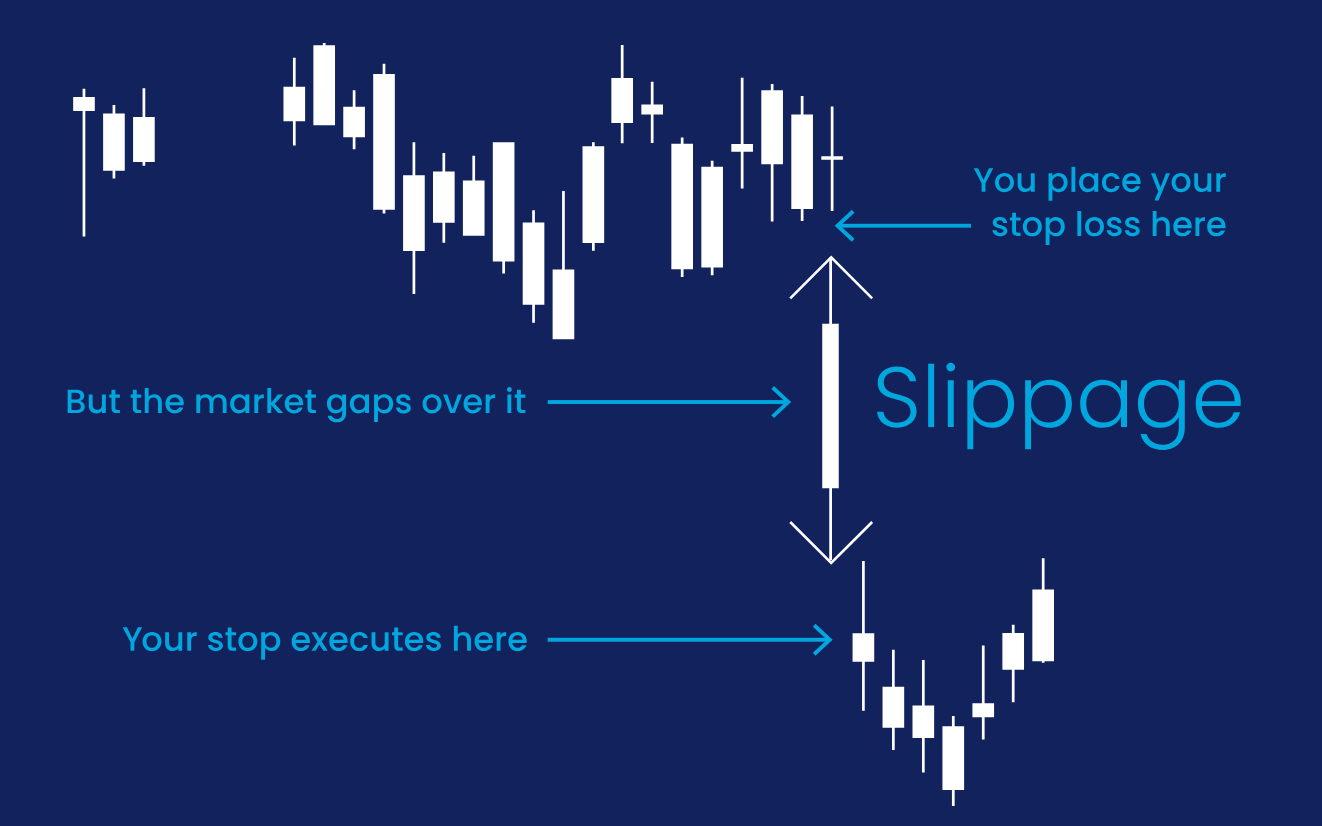
Cause 1: High Market Volatility
One of the primary causes of forex slippage is high market volatility. When currency prices fluctuate rapidly, there may be a lag between the time a trader places an order and when it is executed. During these moments, the price may have moved, resulting in slippage.
Volatility often spikes during major economic news releases or geopolitical events. Traders should be aware of upcoming events to anticipate increased volatility and the potential for slippage.
Cause 2: Low Liquidity
Liquidity refers to how easily an asset can be bought or sold without affecting its price. In forex trading, low liquidity means fewer participants and lower trading volumes, which can lead to larger gaps between bid and ask prices.
When liquidity is thin, especially in exotic currency pairs or during off-market hours, slippage is more likely. Trades may fill at worse prices than expected, leading to slippage.
Cause 3: Order Type Used
The type of order a trader uses can influence forex slippage. Market orders, which execute immediately at the best available price, are more prone to slippage because the price can change between order submission and execution.
Limit orders, on the other hand, set a specific entry or exit price and are not filled if the market moves away. While limit orders reduce the chance of slippage, they carry the risk of missed trades.
Cause 4: Broker Execution Speed
The speed at which a broker processes orders also affects forex slippage. Brokers with slower execution times may cause orders to fill at less favourable prices due to the delay.
Choosing a broker with a reputation for fast and reliable execution can reduce slippage risk. Traders should also consider using trading platforms known for their efficiency.
Cause 5: Trading During News Releases
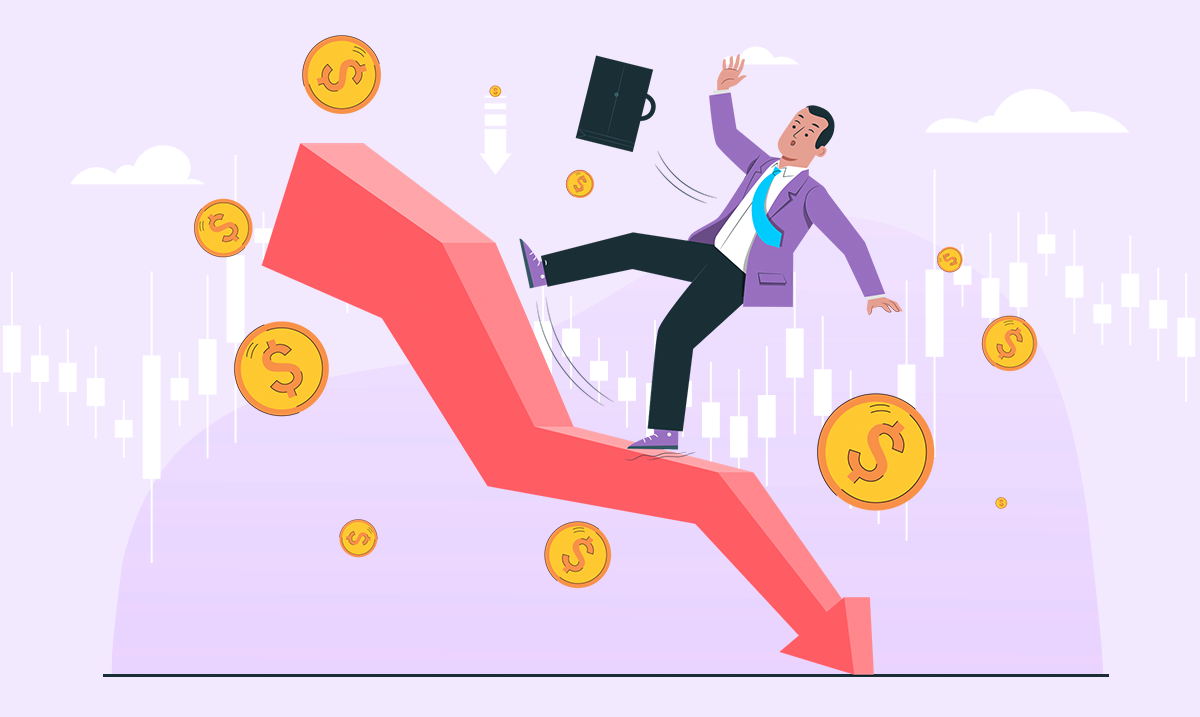
Economic news releases and central bank announcements can cause sudden price movements in the forex market. During these times, slippage is common due to rapid changes in supply and demand.
Many traders avoid trading during major news events to minimise the risk of slippage. Alternatively, some use specialised news trading strategies that account for slippage.
Cause 6: Large Trade Sizes
Trading large volumes can increase the risk of forex slippage. When placing sizeable orders, the market may not have enough liquidity at the desired price level to fill the entire order, causing the execution price to slip.
Traders managing large accounts often break orders into smaller chunks to reduce slippage impact.
Cause 7: Technical Glitches or Platform Issues
Sometimes forex slippage results from technical problems such as server delays, connectivity issues, or software glitches. These problems can cause delays in order processing, leading to slippage.
Ensuring that your trading platform and internet connection are stable and reliable can help minimise this type of slippage.
Managing Forex Slippage
While it is impossible to eliminate forex slippage entirely, traders can take steps to manage and reduce its impact. Awareness of the common causes helps traders plan their strategies better and choose appropriate order types and trading times.
Using limit orders where possible, avoiding trading during high volatility news releases, and selecting brokers with fast execution speeds are practical ways to manage forex slippage.
Conclusion
Forex slippage is an inherent aspect of currency trading influenced by multiple factors such as market volatility, liquidity, order types, and broker execution speed. By understanding these causes, traders can make more informed decisions to minimise adverse effects and protect their profits.
Adopting effective trading strategies that consider the risk of slippage can improve overall trading performance and help build confidence in the fast-paced forex markets.
Disclaimer: This material is for general information purposes only and is not intended as (and should not be considered to be) financial, investment or other advice on which reliance should be placed. No opinion given in the material constitutes a recommendation by EBC or the author that any particular investment, security, transaction or investment strategy is suitable for any specific person.














